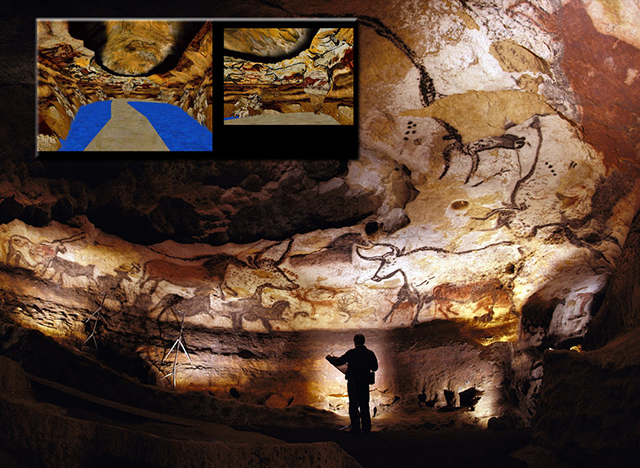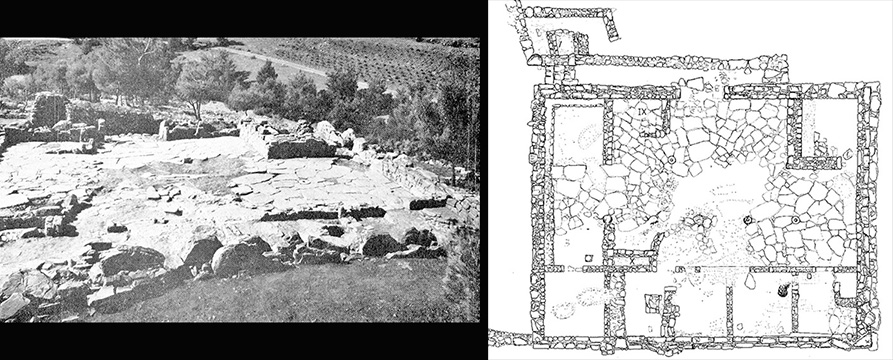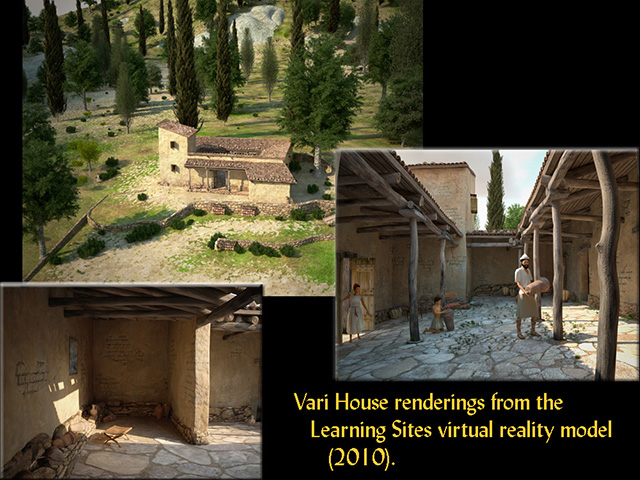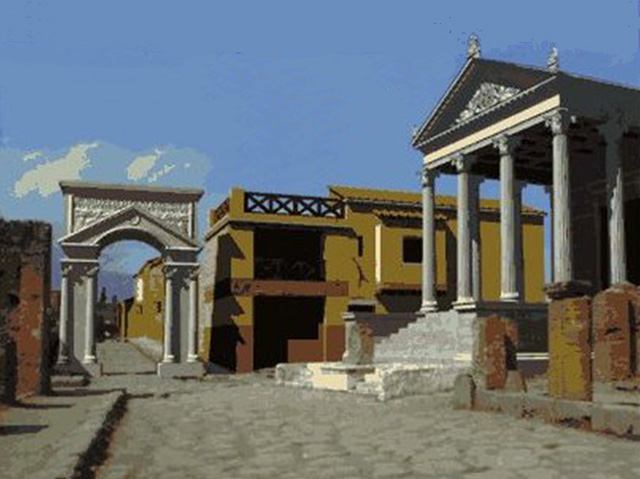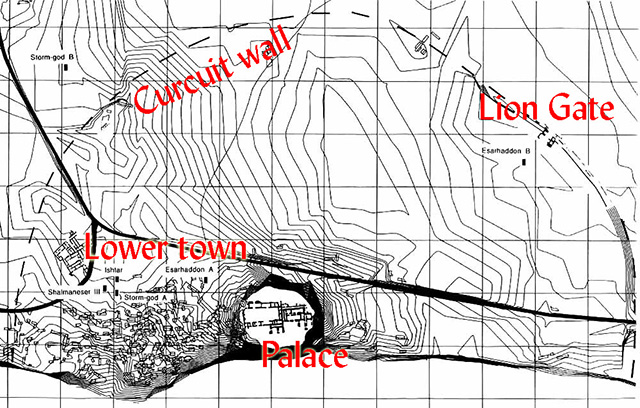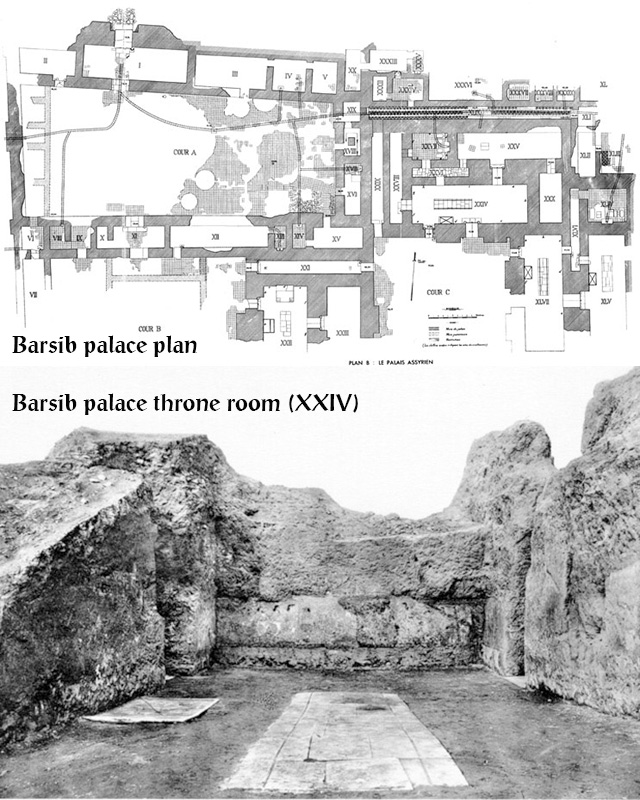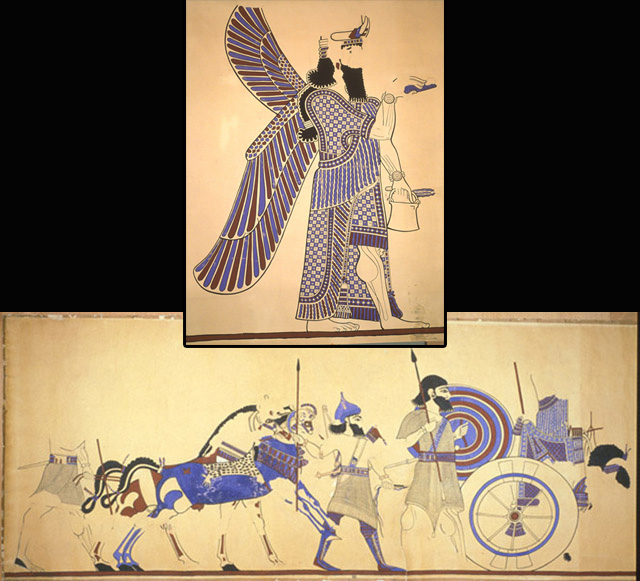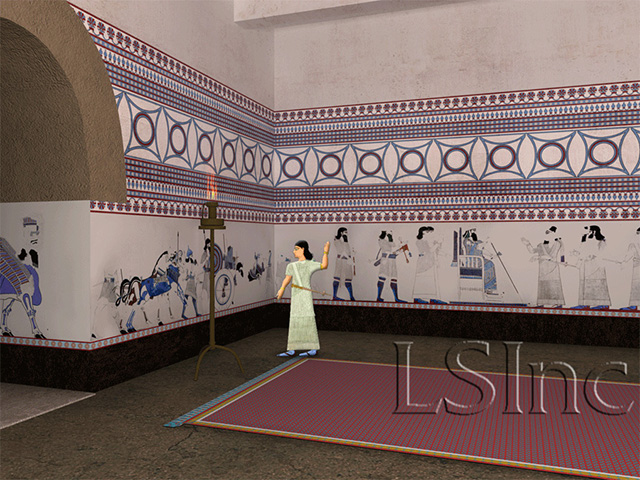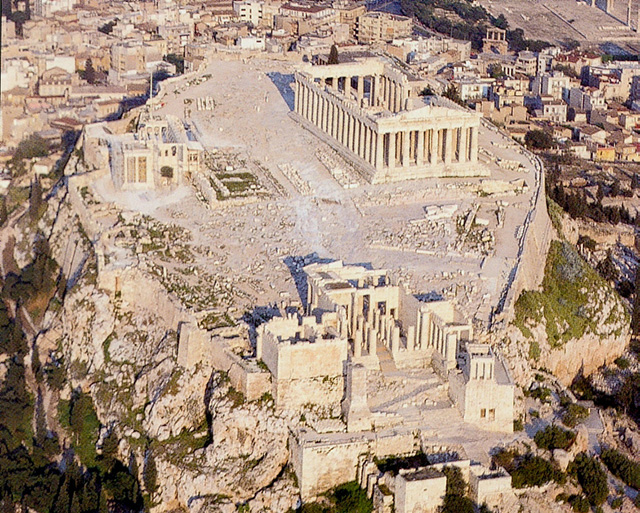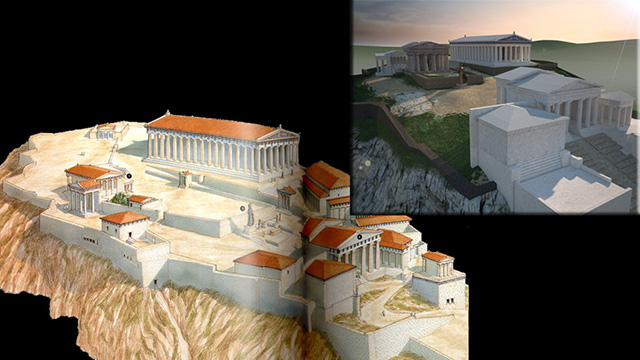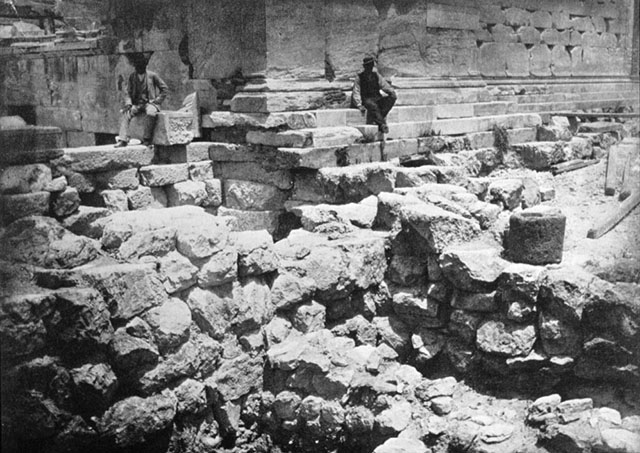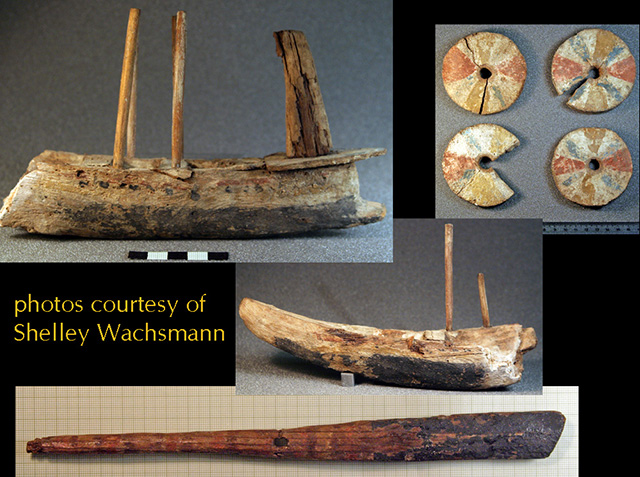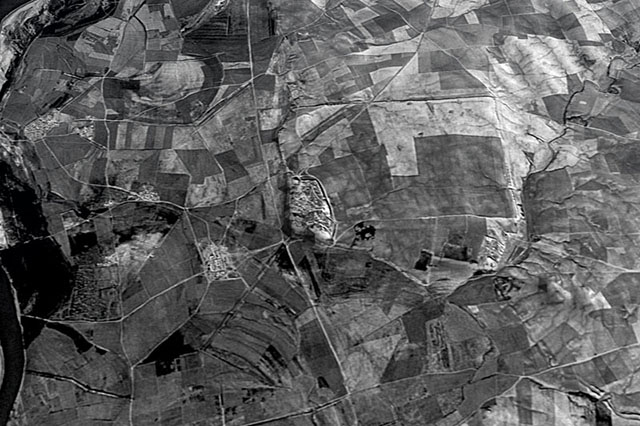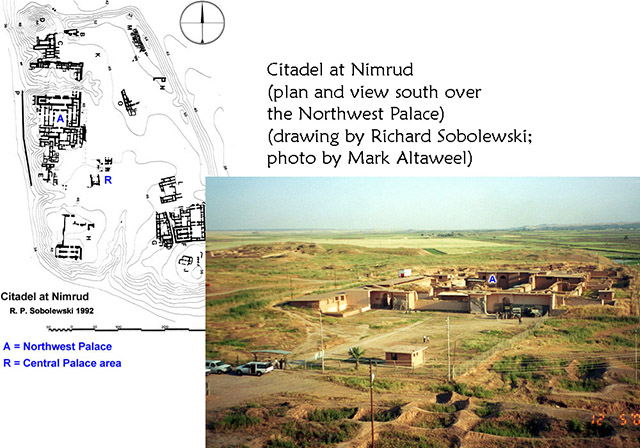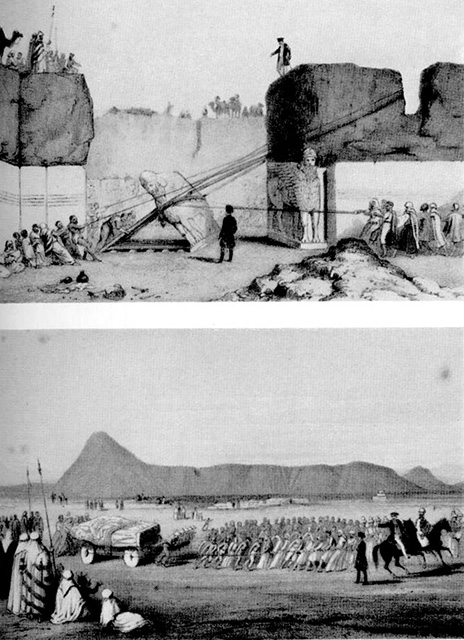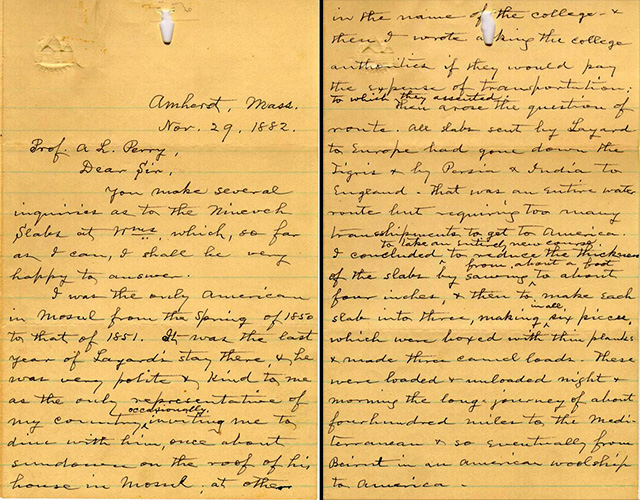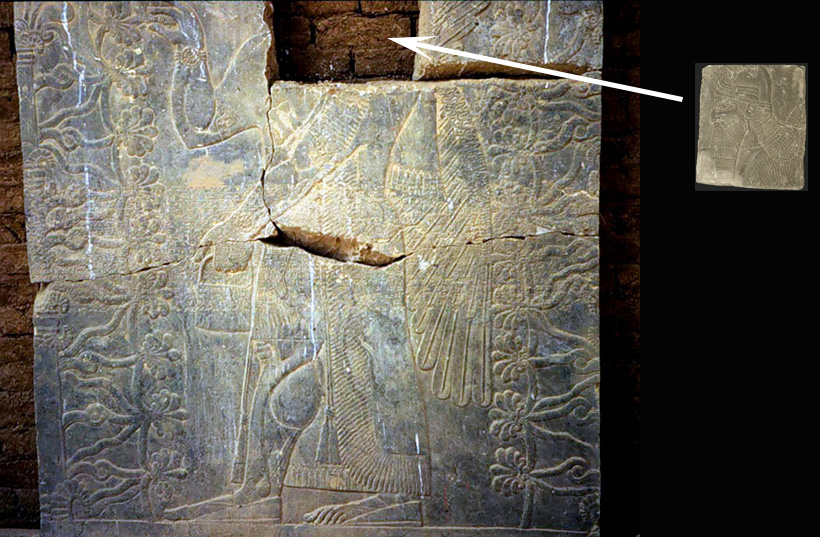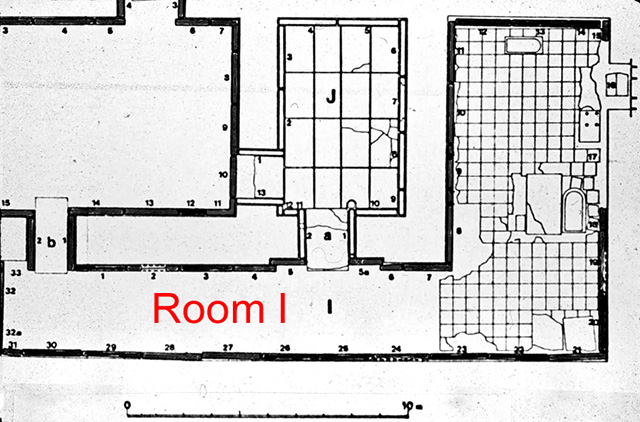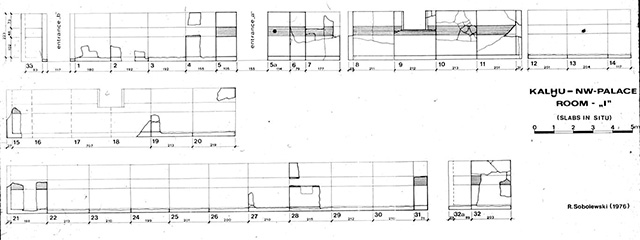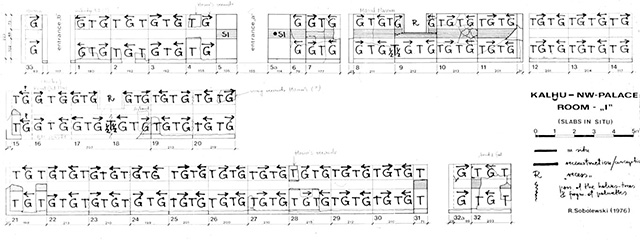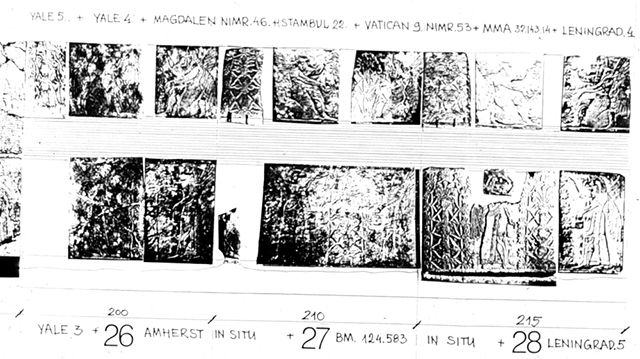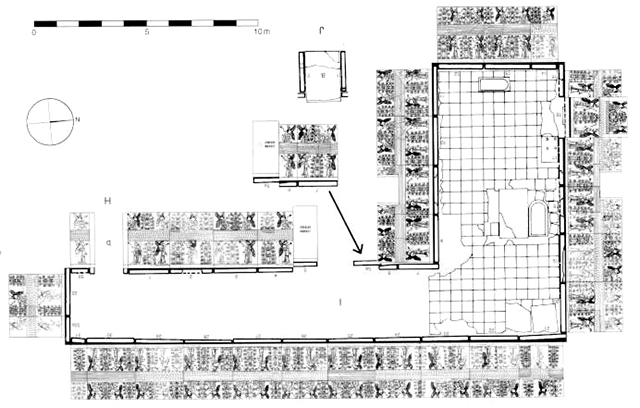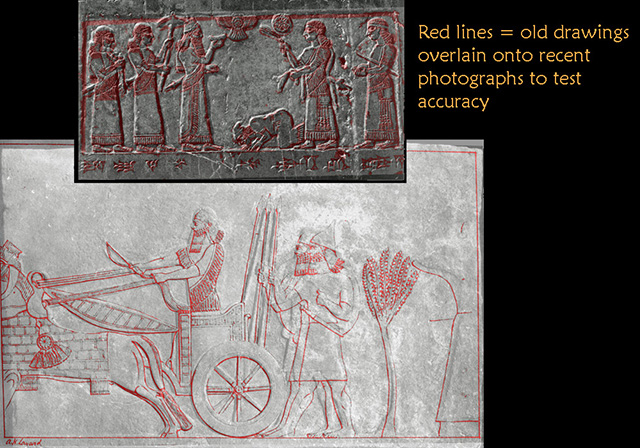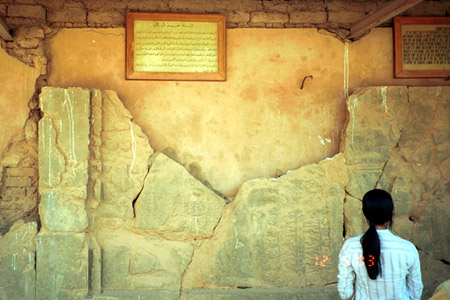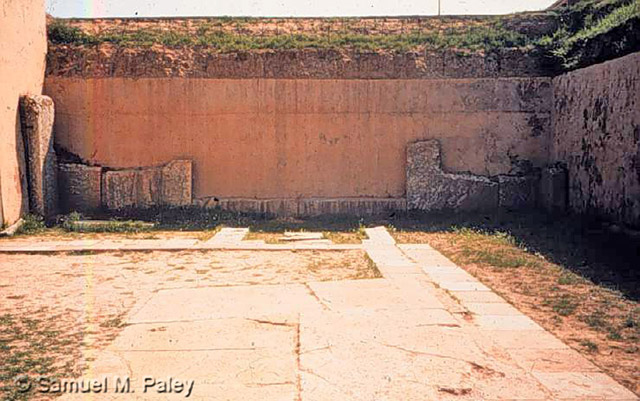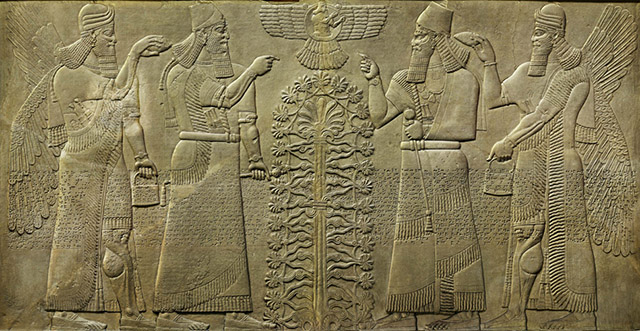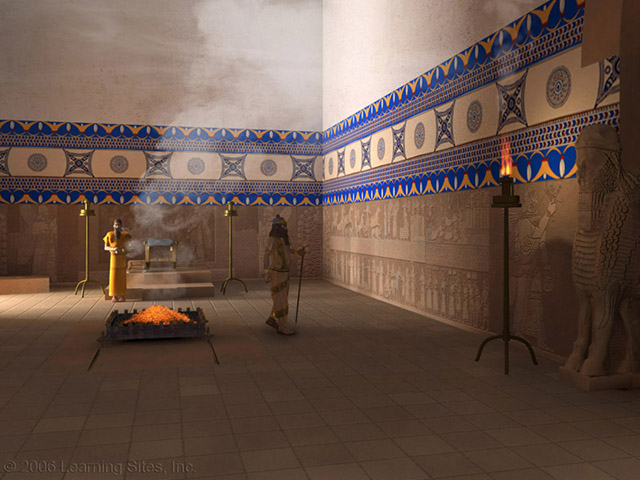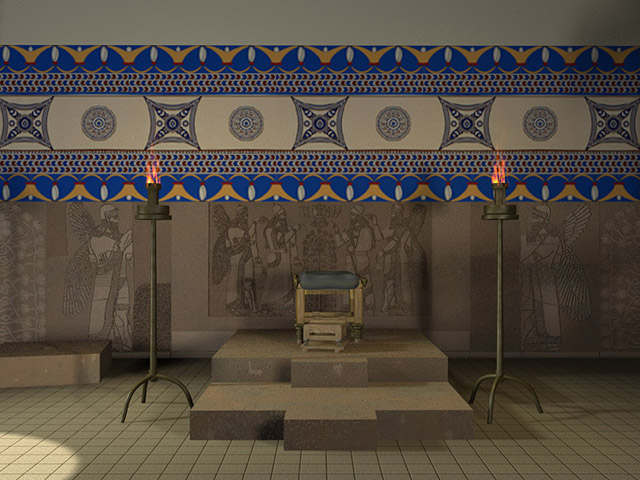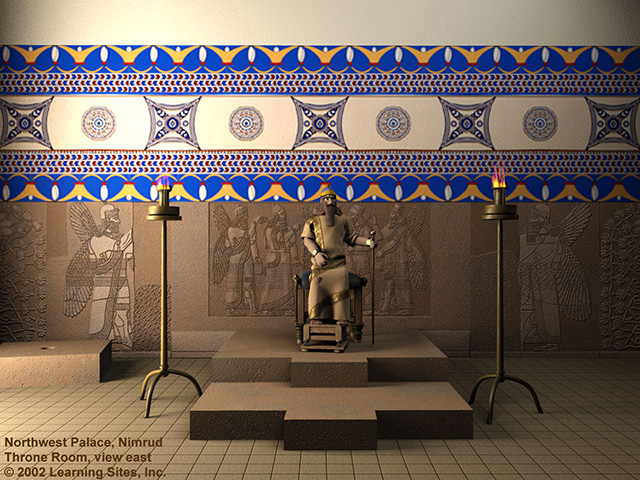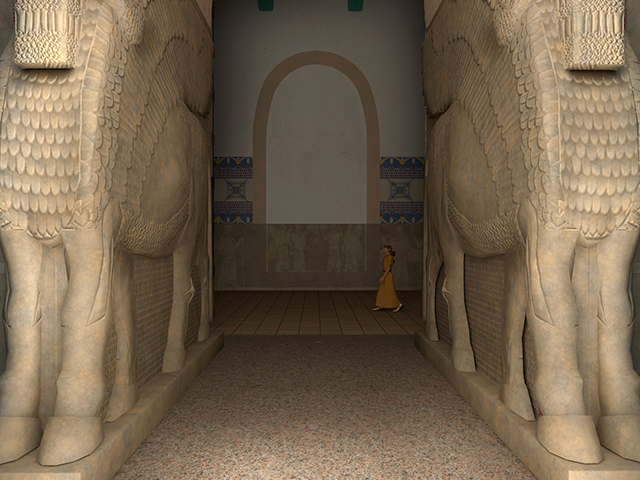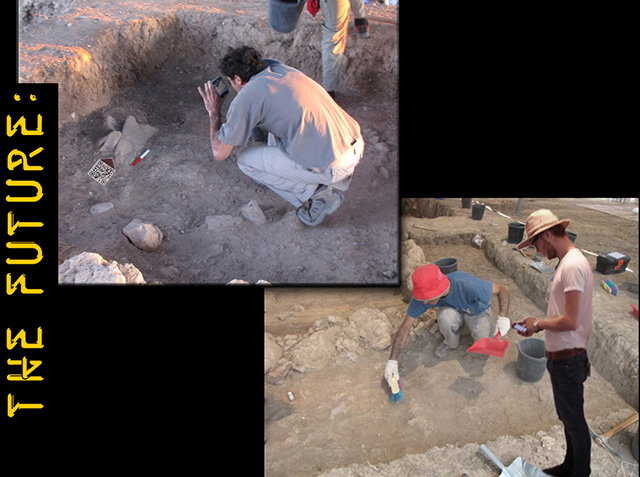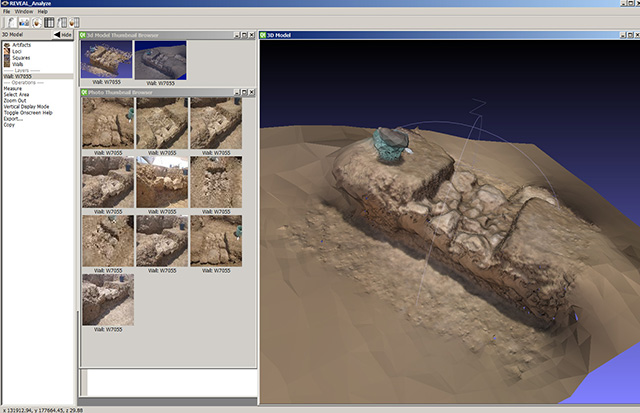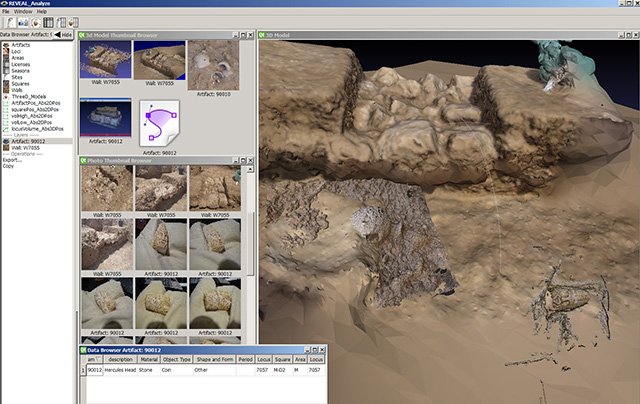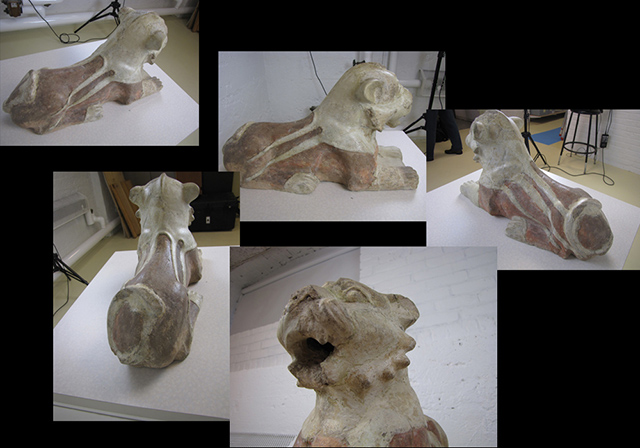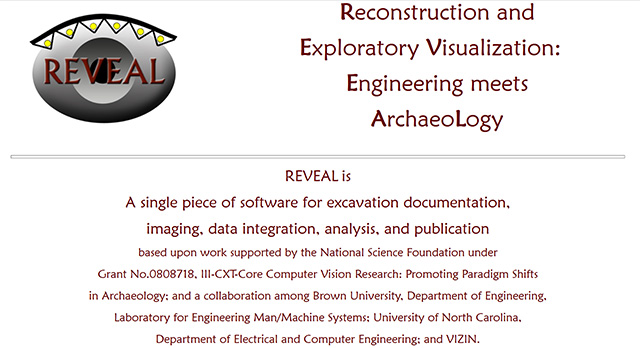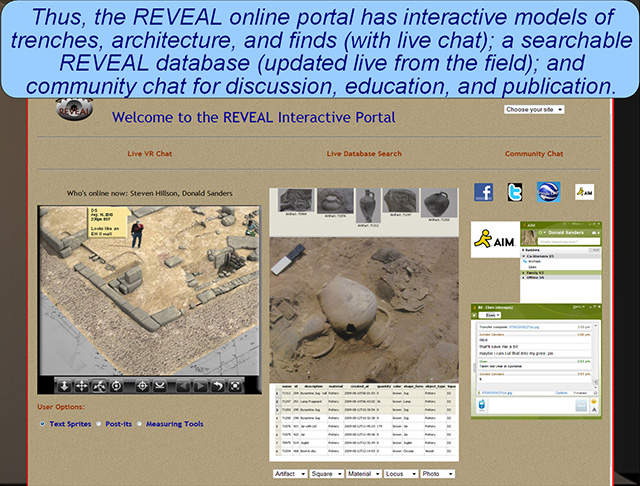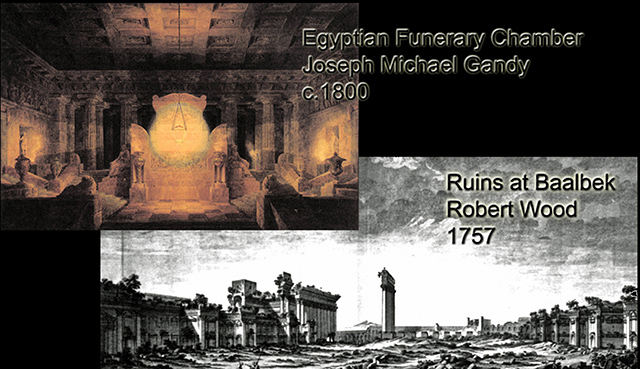 Understanding the distant past isn't easy; we weren't there. The discipline of Virtual Heritage emerged in the 1990s to remedy that situation. Archaeologists (those who study the material culture of the past) typically work with lots of jumbled and missing clues, and there is no instruction manual. The idea is to interpret the evidence as best we can to take into account both what was found and what might be missing. Archaeology arose during the age of fine draftsmanship, meticulously refined color renderings crafted slowly by hand, and equally elaborate prose. But that was centuries ago, and you don't see many people these days riding in horse-drawn carriages, writing their dissertations with quill pen, or finding their way by candlelight. So, why is the study of the past, for the most part, still typified by 18th-century conventions--hand-drawn plans, static images, and long descriptive text? [hover over all images to enlarge]
Understanding the distant past isn't easy; we weren't there. The discipline of Virtual Heritage emerged in the 1990s to remedy that situation. Archaeologists (those who study the material culture of the past) typically work with lots of jumbled and missing clues, and there is no instruction manual. The idea is to interpret the evidence as best we can to take into account both what was found and what might be missing. Archaeology arose during the age of fine draftsmanship, meticulously refined color renderings crafted slowly by hand, and equally elaborate prose. But that was centuries ago, and you don't see many people these days riding in horse-drawn carriages, writing their dissertations with quill pen, or finding their way by candlelight. So, why is the study of the past, for the most part, still typified by 18th-century conventions--hand-drawn plans, static images, and long descriptive text? [hover over all images to enlarge]
I'm not saying that those methods are bad; I'm just saying that we've moved on. Past lives, events, and settlement changes didn't happen in 2D, they didn't happen in black and white, and they were not static segmented slices of time. But how do we convince the broader historical community, and especially the archaeologists whose use of images to supplement their written descriptions is taken for granted, that interactive 3D environments are instructive, not eye candy?
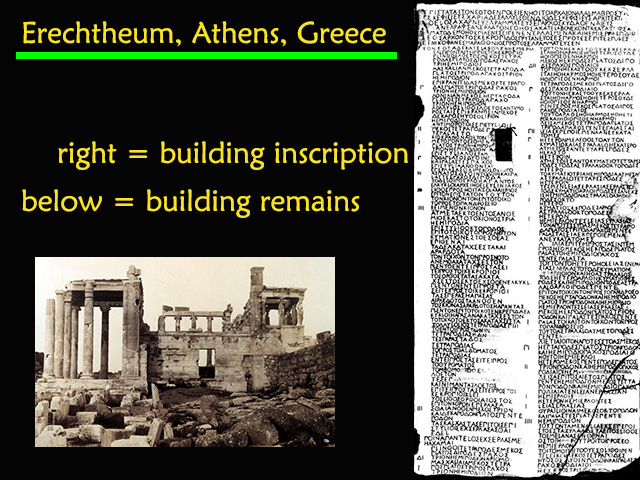 How have we been visualizing the past? With apologies to Tommy Lee Jones and the Men in Black movie, 500 years ago, we could only muse about how surviving texts from the past might connect with the few known relics from the past.
How have we been visualizing the past? With apologies to Tommy Lee Jones and the Men in Black movie, 500 years ago, we could only muse about how surviving texts from the past might connect with the few known relics from the past.
 150 years ago, we had photographs and hand-made sketches to record new finds and help make sense of our interpretations.
150 years ago, we had photographs and hand-made sketches to record new finds and help make sense of our interpretations.
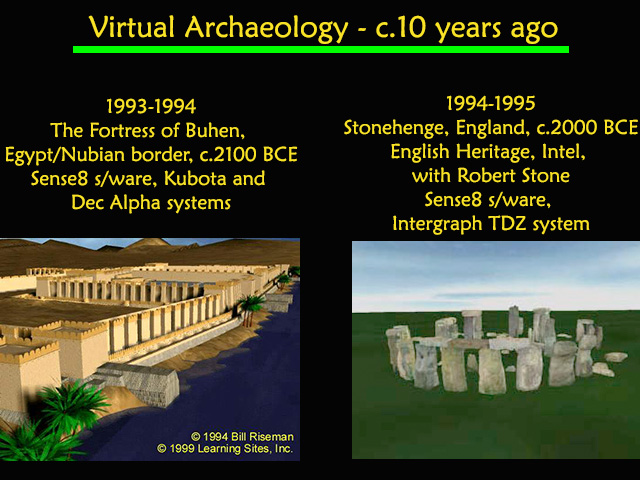 15 years ago, we had interactive computer graphics--for a million dollars. Today, archaeologists use micron-accuracy laser scanners, high-resolution satellite imagery, 3D earth viewers, location-aware smartphones, and pervasive wireless high-speed networks. Given this pace of change, just imagine what we'll have tomorrow (and to help you along with that, I'll provide you with some hints).
15 years ago, we had interactive computer graphics--for a million dollars. Today, archaeologists use micron-accuracy laser scanners, high-resolution satellite imagery, 3D earth viewers, location-aware smartphones, and pervasive wireless high-speed networks. Given this pace of change, just imagine what we'll have tomorrow (and to help you along with that, I'll provide you with some hints).
 First, a little background, originally, as an architect and an archaeologist I worked amidst the dirt and the real, but now travel strictly amidst the pixels and the virtual.
First, a little background, originally, as an architect and an archaeologist I worked amidst the dirt and the real, but now travel strictly amidst the pixels and the virtual.
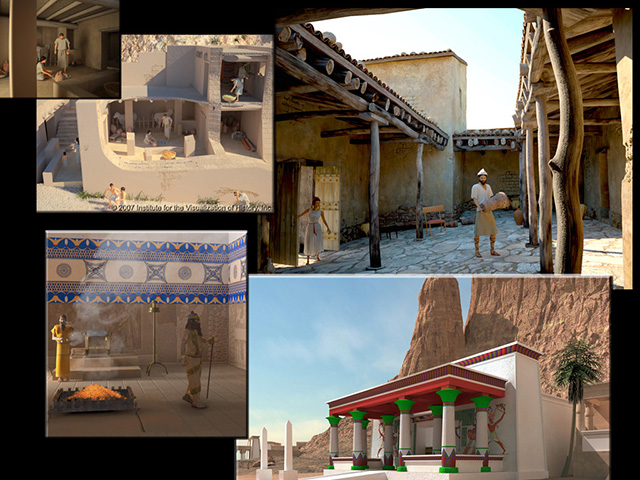 For the last 15 years, my companies have been digitally re-creating ancient sites, buildings, and artifacts for individuals, excavations, museums, schools, antiquities services, foreign governments, publishers, and TV programs. We've worked on dozens of projects, with many archaeologists, covering all types of data and visualization goals, ranging from teaching packages, to research resources, to digital publications, to small hypothesis tests (see the sample renderings output from some of our virtual worlds at the left). We've found that each project routinely generates unexpected revelations about the excavated record, well beyond what the contributing scholars had believed possible. Most thought they knew their material thoroughly, but came to have a new appreciation of it when viewed in virtual reality.
For the last 15 years, my companies have been digitally re-creating ancient sites, buildings, and artifacts for individuals, excavations, museums, schools, antiquities services, foreign governments, publishers, and TV programs. We've worked on dozens of projects, with many archaeologists, covering all types of data and visualization goals, ranging from teaching packages, to research resources, to digital publications, to small hypothesis tests (see the sample renderings output from some of our virtual worlds at the left). We've found that each project routinely generates unexpected revelations about the excavated record, well beyond what the contributing scholars had believed possible. Most thought they knew their material thoroughly, but came to have a new appreciation of it when viewed in virtual reality.
Today, I'll be talking today about virtual heritage, discuss some virtual heritage projects that we've created over the past 20 years with a focus on the Northwest Palace of King Ashurnasirpal II at Nimrud (Assyria), and conclude with a glimpse at a paradigm shift about to hit archaeological fieldwork and visualization.
